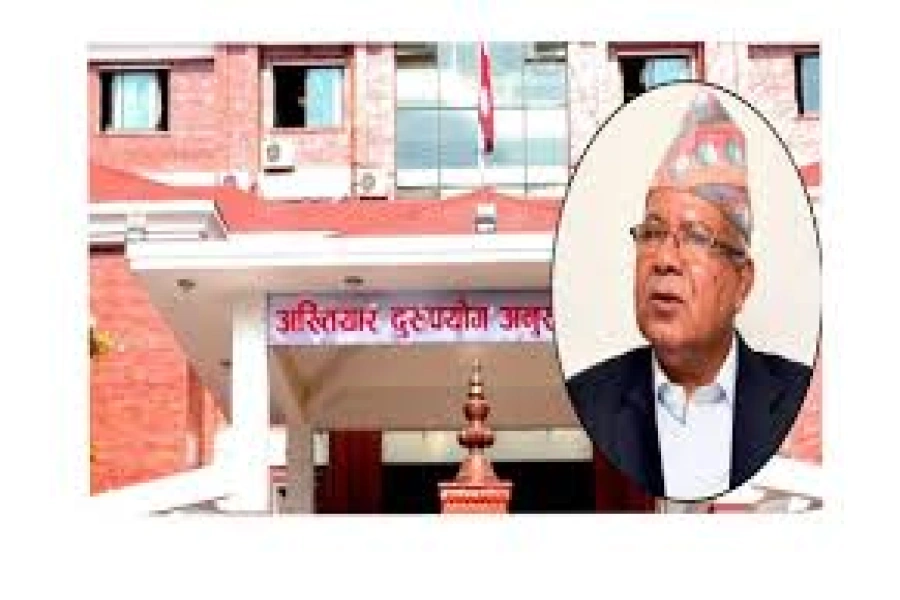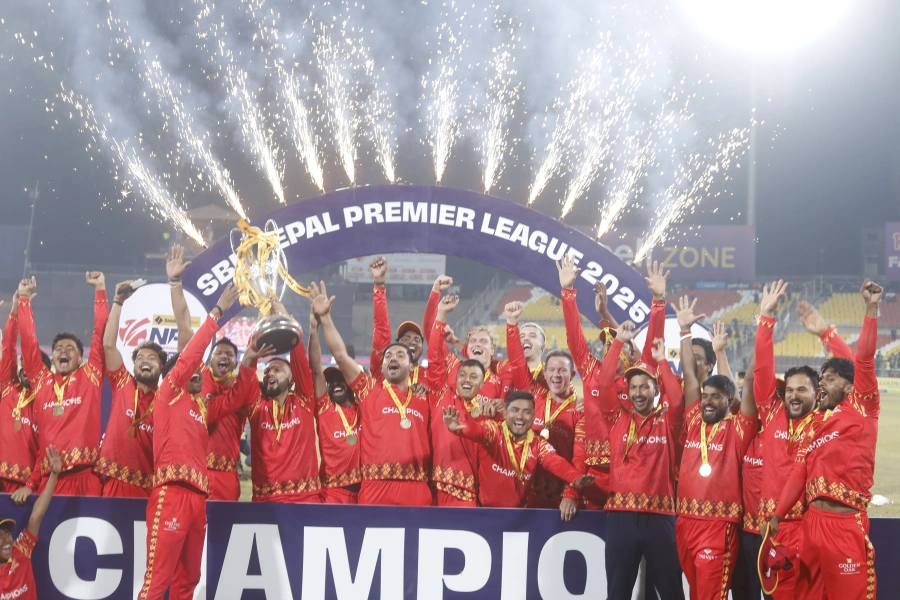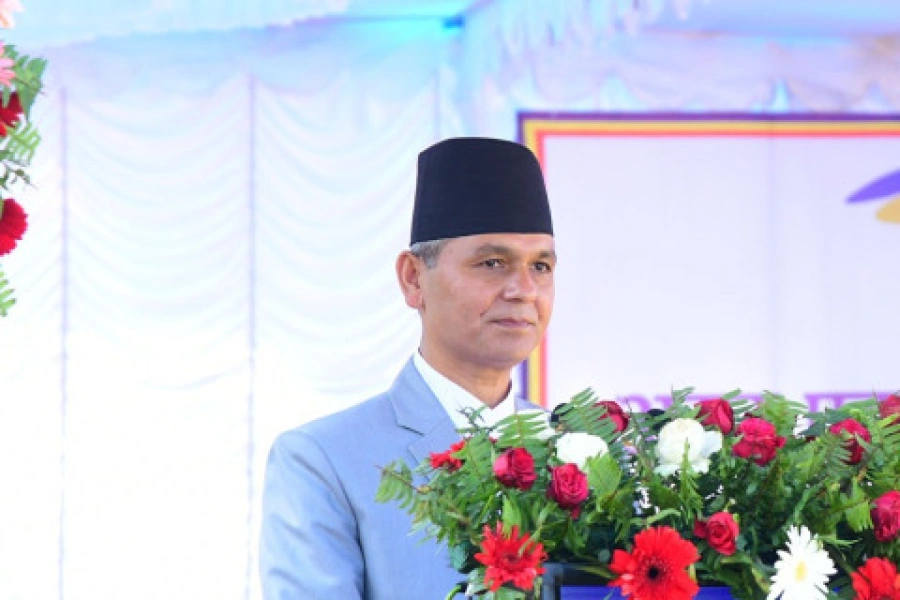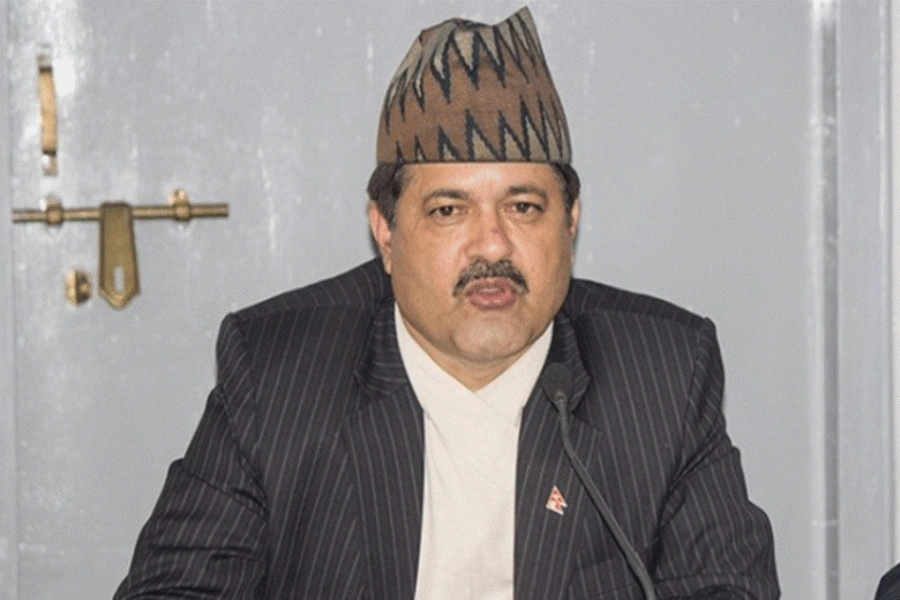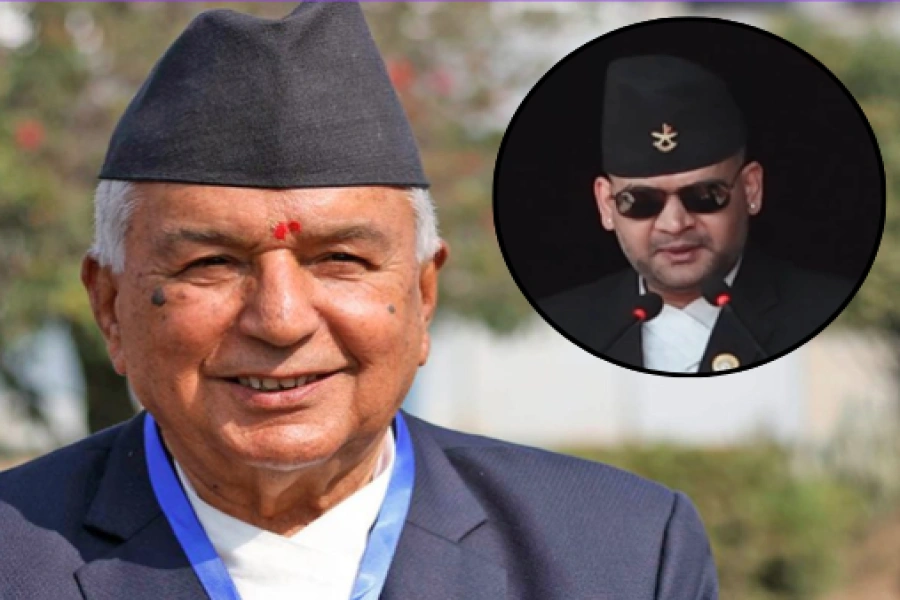S. Jaishankar, India’s External Affairs Minister and a veteran diplomat, penned the thought-provoking book Why Bharat Matters. While holding this book, the first question that came to my mind was: what does "Bharat" represent in today’s India? Why did the author choose the word “Bharat”? The publication coincided with the initiation of the Ram Mandir Pran Pratishtha in Ayodhya. Undoubtedly, the choice of the title and the timing of its release resonate with significant historical, political, and religious values, particularly the influence of Hindu ideology both domestically and internationally.
As I read between the lines of Why Bharat Matters, I found that the word "Bharat" was closely associated with civilizational ideas that India takes pride in today. The author attempts to bridge the past, present, and future status of India. When discussing the present geopolitical context and diplomacy, the author heavily references two epic texts—The Ramayana and The Mahabharata. By grounding the idea of Bharat in these epics, the author underscores that India’s geopolitical behavior is rooted in ethical principles, despite its engagement with realpolitik. Furthermore, the author draws an intriguing analogy between the idea of "Ram Rajya," which is based on a rules-based order, and contemporary diplomacy, suggesting that India's foreign policy and governance practices are greatly influenced by these civilizational ideas.
However, a few months ago, I visited New Delhi and observed inadequate infrastructure and poor hygiene in the city. I also noticed a significant disparity between the rich and the poor. The traffic management and pollution levels were deplorable. As a rising power, India should reconsider its efforts to project a favorable image internationally. The current leadership should prioritize development over political concerns. The book asserts that India’s population is relatively young, but the quality of the population, in terms of education, income, and employment, falls short. Unequal regional development also persists across India. In fact, India still has a long way to go toward achieving balanced development before it can flex its power in global politics and live up to its civilizational pride.
SC verdict on Article 370 has strengthened the spirit of Ek Bha...

Although Why Bharat Matters primarily focuses on India’s international politics and foreign policy, the need for deep engagement in global affairs blurs the line between foreign and domestic policies. The author argues that India’s rise is not merely about economic growth or geopolitical clout but about reclaiming a civilizational identity. The idea of Amrit Kaal, or a transformational decade, signifies India’s efforts to overcome historical baggage and embrace its potential as a regional and, eventually, global leader. The book emphasizes balancing nationalism and internationalism, highlighting the interplay between domestic priorities and international ambitions. At home, the abrogation of Article 370 reflects a nationalist outlook and India’s assertive stance. However, the author cautions that nationalism must coexist with internationalism, as embodied in the principles of Vasudhaiva Kutumbakam ("the world is one family") and Sabka Saath, Sabka Vikas ("progress for all"). The author acknowledges that Bharat faces both challenges and opportunities in today’s volatile world, making it difficult to navigate the global stage.
In the context of foreign policy, the author emphasizes India’s shift from its historical non-aligned posture to a multi-aligned one. India’s engagement with multiple state and non-state actors across the world is described as “strategic autonomy.” For example, the book highlights how the G20 summit in New Delhi, under India’s leadership, sent a strong message about the nation’s ability to shape global agendas. China also praised India for its diplomatic efforts in securing the admission of the African Union (AU) as a permanent member of the G20. This move reflects India’s attempt to position itself as a voice for the Global South. Additionally, India’s involvement with the Quadrilateral Security Dialogue (QUAD), the I2U2 (India, Israel, UAE, and the US), and the Shanghai Cooperation Organization (SCO) demonstrates its multi-aligned foreign policy approach. Navigating through a multi-aligned world is a challenging task for India. Drawing inspiration from the classical concept of Vishwa Mitra—maximizing friends and minimizing foes—can enhance strategic autonomy in times of peace. However, the book remains silent on strategies for warlike situations.
According to the author, autonomy is not about distancing oneself from the West but about diversifying partnerships to reduce vulnerabilities. “India can be non-West without being anti-West” is one of the author’s key diplomatic insights for navigating today’s complex world. He also explicitly states that “the US is undeniably the premier power of our times and will remain so. Such is its centrality to the current order that whether one is an ally, a competitor, agnostic, or undecided, none can really be indifferent to its posture.” However, I believe that in its attempt to balance relations with the US, China, and Russia, India’s foreign policy appears more opportunistic than reliable.
The book briefly highlights India’s vaccine diplomacy during the COVID-19 pandemic, where India supported over 150 countries through the Vaccine Maitri program, showcasing an enhanced sense of global responsibility. The book also points to India’s proactive role in disaster relief and reconstruction efforts, mentioning its aid to Nepal after the earthquake and infrastructure development projects in Mauritius. Nepal is referenced six times in relation to relief efforts and post-earthquake development. Similarly, India’s response to Sri Lanka’s economic crisis underscores the success of its “Neighborhood First” policy, positioning India as a regional leader. However, the book’s focus on bilateral relations, with minimal mention of the South Asian Association for Regional Cooperation (SAARC), signals a different approach to implementing the Neighborhood First policy.
The book also outlines "The New Mandala," which goes beyond the Neighbourhood First policy. India’s Look East policy has evolved into the Act East policy to strengthen ties with Southeast Asia and link to the Pacific. The "Link West" initiative enhances India’s relationships with Gulf countries, while the Connect Central Asia policy focuses on connectivity, development, and de-radicalization. India is now among the top five economic partners of many countries in Africa and Latin America, reflecting a shift in its diplomatic priorities. By engaging with diverse regions and building coalitions such as the Quad and FIPIC (Forum for India-Pacific Islands Cooperation), India seeks to redefine its global role and foster strategic resilience. The author also highlights SAGAR (Security and Growth for All in the Region) as a key foreign policy initiative, indicating the rise of a multipolar Asia. Given the multipolar world, the author’s focus on Asia suggests advocacy for a multipolar Asia, partly in response to China’s growing influence.
Ultimately, no matter the policy, India puts national interests at the center of its priorities. For example, by purchasing oil from Russia despite Western sanctions, India demonstrates a pragmatic approach, prioritizing national interests over geopolitical pressures. Nevertheless, the way the author blends historical references with modern geopolitics is worth reading. One might critique Jaishankar as the architect of India’s foreign policy, but Why Bharat Matters is certainly a book one cannot ignore.




-1765804380.webp)
